How Much Money Can You Make Chartering a Sailboat? (2023)
The private boating market in the US is growing, and there are plenty of opportunities to make a profit, whether it's a fishing charter business, a diving charter business, or a yacht charter business. If you decide to do a sailboat chartering business, let's explore how much money you can make in a year.
A well-managed charter boat business can earn up to 25% profit. If your boat is out 200 days a year, you could make an annual profit of around $34,300 (after paying the captain). However, these can be affected by factors such as the size and type of boat, location, and competition.
To maximize your earnings, you need to choose a location that has a high demand for sailboat chartering, such as the Caribbean. Let's have an in-depth look below at the factors that affect your earnings from chartering a sailboat.
Summary
- Bareboat chartering has a lower profit margin (20–30%) compared to crewed chartering (30–40%), but you won't need to pay for crew costs.
- Time-share means that you don't have to worry about the costs of owning the boat, but you also get a low cut (5–10% profit margin) from its profits.
- Full ownership allows you to have complete control over the boat and earn as much as $200,000–$250,000 per year.
- Charging an hourly or daily rate, for example, $200 per hour for a 30-foot sailboat, is the most common pricing strategy for sailboat charters.
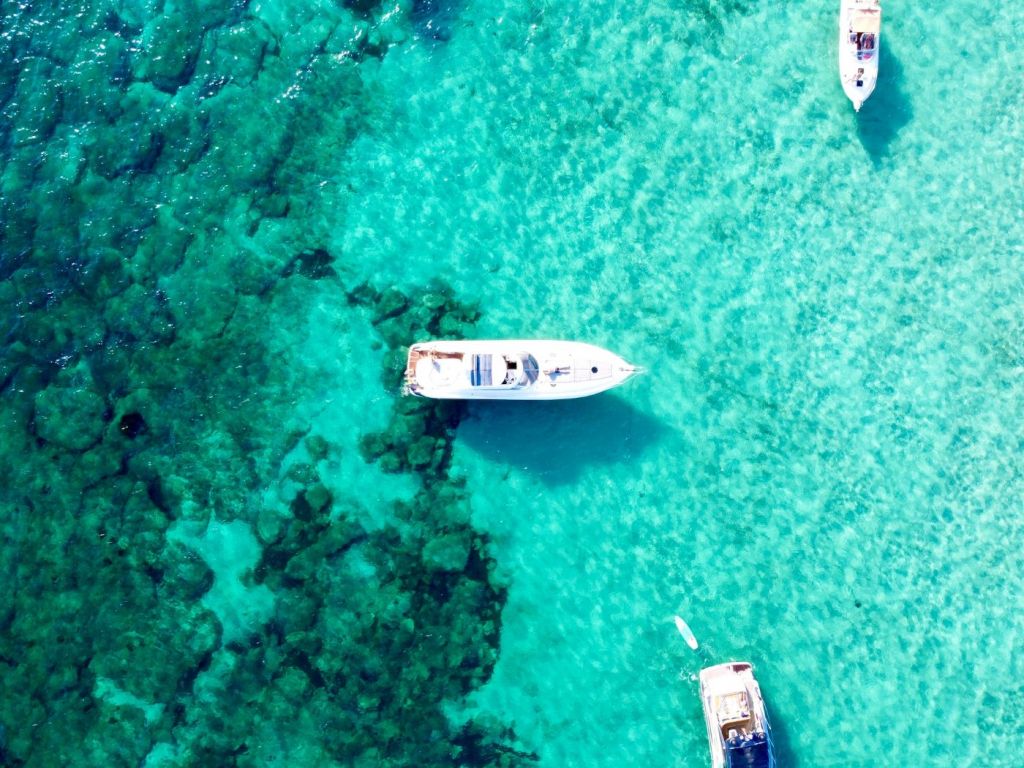
On this page:
Estimated Annual Profit From Different Types of Sailboat Charters
Here are some of the most common types of sailboat chartering businesses and how much you can earn from them yearly:
| Type of Sailboat Chartering Business | Estimated Profit Margin | Estimated Profit per Year (based on $500,000 annual revenue) |
|---|---|---|
| Bareboat chartering | 20-30% | $100,000 - $150,000 |
| Crewed chartering | 30-40% | $150,000 - $200,000 |
| Fractional ownership | 10-20% | $50,000 - $100,000 |
| Time-share | 5-10% | $25,000 - $50,000 |
| Full ownership | 40-50% | $200,000 - $250,000 |
| Yacht brokerage | 10-20% | $50,000 - $100,000 |
| Charter management companies | 20-30% | $100,000 - $150,000 |
Bareboat chartering vs. crewed chartering
Bareboat chartering is when you rent out a sailboat without a crew. This means that the renters are responsible for sailing the boat themselves, as well as all the associated tasks like cooking and cleaning.
If you want to charter a bareboat in Italy, here's what you'll need. For Croatia and Greece, these are some requirements.
Bareboat chartering can be a good option if you want to keep your costs low, as you don't need to pay for a crew. However, you will need to make sure that your renters are experienced sailors who can handle the boat on their own. Here's a sample calculation for bareboat chartering:
| Estimated calculation | Amount |
|---|---|
| Estimated revenue per year | $100,000 |
| Estimated costs per year | $70,000 |
| Estimated profit per year | $30,000 |
Assuming you charter out your bareboat sailboat for 100 days per year at a rate of $1,000 per day, your total revenue for the year would be $100,000. If your costs for the boat, maintenance, and marketing are $700 per day, your total costs for the year would be $70,000.
Subtracting your costs from your revenue, your estimated profit for the year would be around $30,000, based on the estimated profit margin of 30% for bareboat chartering.
Crewed chartering, on the other hand, is when you rent out a sailboat with a crew. This means that the renters can sit back and relax while the crew takes care of everything.
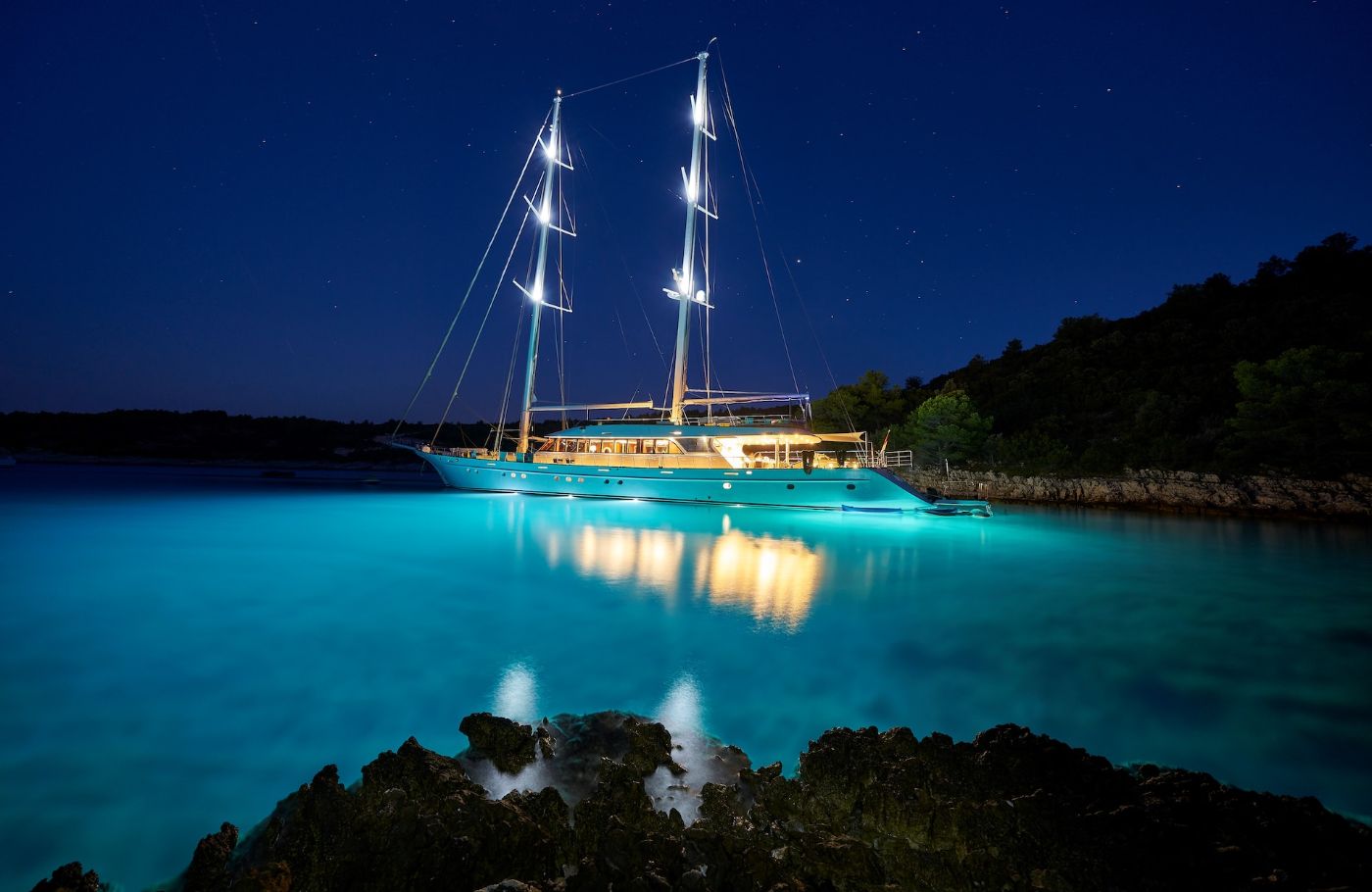
Crewed chartering can be more expensive than bareboat chartering, as you need to pay for the crew's salaries. However, you can charge more for this type of charter, as it offers a more luxurious experience.
Fractional ownership vs. time-share vs. full ownership
Fractional ownership is when you own a share of a sailboat with other investors. This means that you share the costs of owning the boat, as well as the profits from chartering it out.
Fractional ownership can be a good option if you don't have enough money to buy a sailboat outright, but still want to get into the chartering business.
Time-share is similar to fractional ownership, but instead of owning a share of a sailboat, you own the right to use it for a certain amount of time each year. This means that you don't have to worry about the costs of owning the boat, but you also don't get to share in the profits from chartering it out.
Full ownership is when you own a sailboat outright. This means that you have complete control over the boat, but you also have to bear all the costs of owning it.
Full ownership can be a good option if you have enough money to buy a sailboat outright and want to have complete control over your business.
Yacht brokerage vs. charter management companies
Yacht brokerage is when you buy and sell sailboats for a profit. This can be a good option if you have a good eye for boats and know how to find good deals. However, yacht brokerage can be risky, as you need to make sure that you can sell the boats for a profit.
If you're curious about how much does chartering a superyacht costs, you can get an idea from this article.
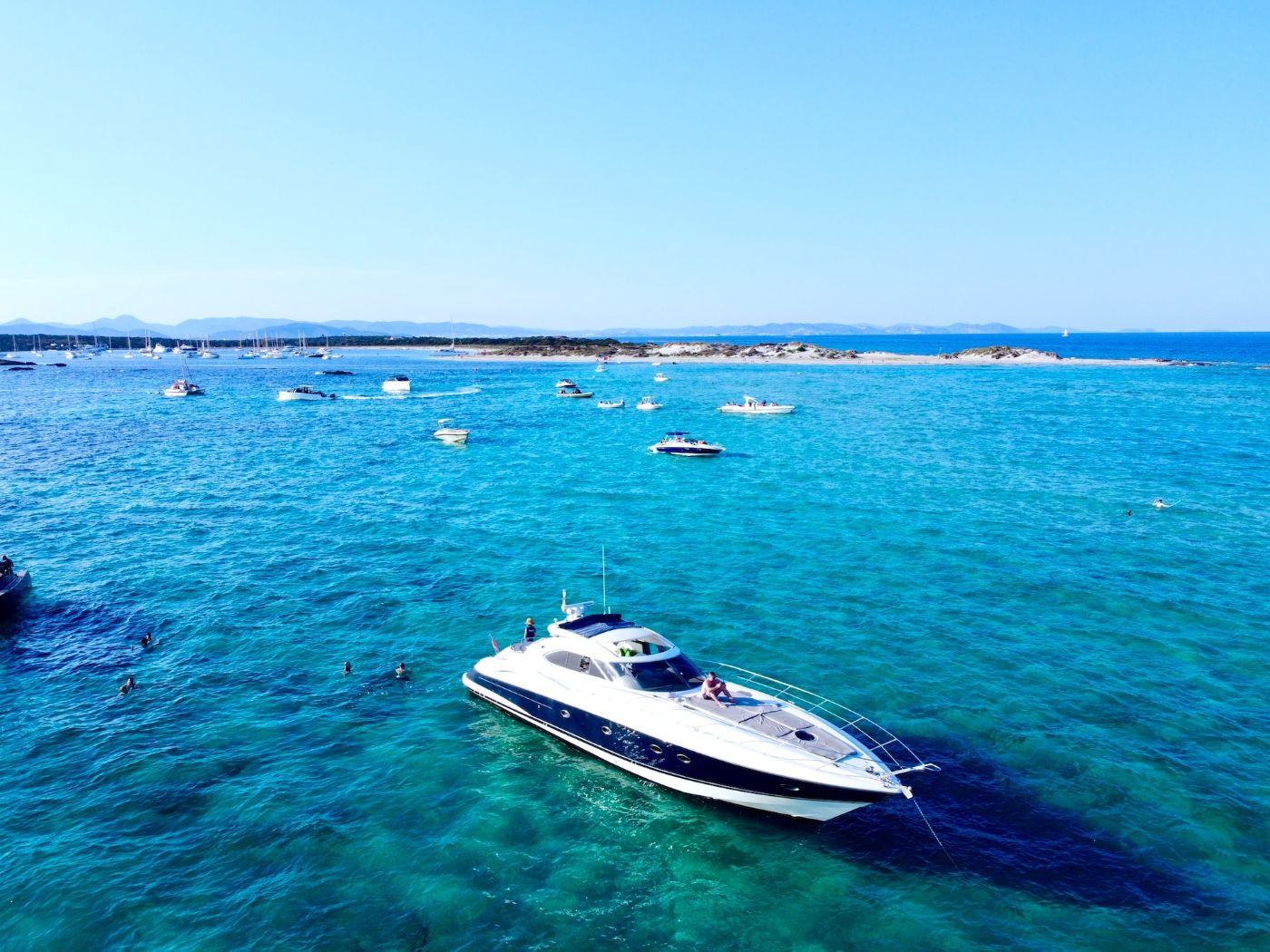
Charter management companies are companies that manage sailboats for owners. This means that they take care of all the tasks associated with chartering out a sailboat, such as marketing, booking, and maintenance.
Charter management companies can be a good option if you don't want to deal with the day-to-day management of your sailboat chartering business. However, you will need to pay a fee to the charter management company for their services.
How To Price Your Sailboat Chartering Services For Maximum Profit
Below, we'll explore some of the most effective pricing techniques for different types of sailboat chartering businesses:
Pricing strategies for different types of sailboat chartering businesses
The pricing strategy you use will depend largely on the type of sailboat chartering business you're running. If you're offering luxury charters, for example, you'll likely be able to charge a higher price than if you're offering more budget-friendly options.
Here are a few pricing strategies to consider:
| Pricing strategy | Example pricing |
|---|---|
| Hourly or daily rates | $200 per hour for a 30-foot sailboat in a popular tourist location |
| Package deals | 10% off for customers who book 5 or more charters in advance |
| Seasonal pricing | $300 per day during peak season and $200 per day during off-season |
-
Offer hourly or daily rates: This is the most common pricing strategy for sailboat charters. You can charge an hourly or daily rate based on the size of your boat, the amenities you offer, and the location of your charter.
-
Offer package deals: Offering package deals can be a great way to entice customers to book with you. For example, you could offer a discounted rate for customers who book multiple charters in advance.
-
Offer peak-season/off-season pricing: Depending on where you're located, you may be able to charge higher prices during peak season. Conversely, you may need to lower your prices during the off-season to attract customers.
Balancing supply and demand for optimal pricing
If you're in a location where there's high demand for sailboat charters, you may be able to charge a premium price. However, if there's too much supply (i.e., too many sailboat charters available), you may need to lower your prices to stay competitive.
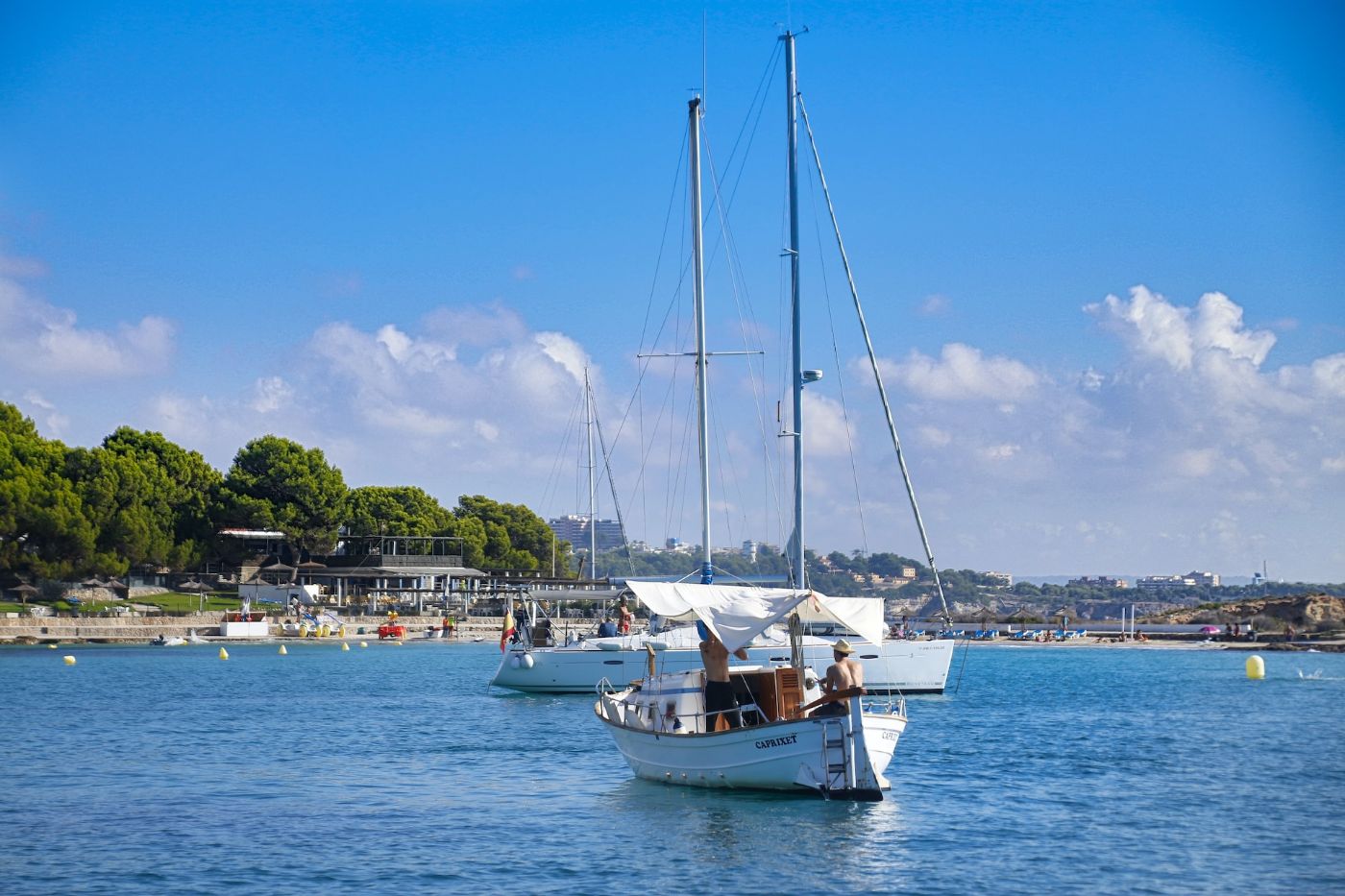
To find the optimal pricing for your sailboat chartering business, keep a close eye on your competition and monitor demand in your area. You can also use tools like Google Trends to see how interest in sailboat charters is trending over time.
Learning upselling and cross-selling techniques for increased revenue
In addition to your base chartering prices, there are a few upselling and cross-selling techniques you can use to increase your revenue such as the following:
- Offering add-ons: You could offer add-ons like catering, drinks, or water sports equipment for an additional fee.
- Selling merchandise: You could sell branded merchandise like hats or t-shirts to customers who book with you.
- Referral programs: Offering a referral program can be a great way to incentivize your customers to refer their friends and family to your business.
By using these upselling and cross-selling techniques, you can increase your revenue per charter and boost your overall profits.
Factors Affecting Your Earnings From Chartering A Sailboat
In this section, we will discuss the three main factors that can impact your profitability: location and seasonal demand, sailboat type, size, and age, and crew and maintenance costs.
The location of your sailboat plays a crucial role in determining your earnings
Some locations are more popular than others, and the demand for sailboat chartering can vary depending on the season. For example, the Caribbean is a popular destination for sailboat chartering, and the demand is high during the winter months. You can see how much it costs to charter a Caribbean yacht in this article.
On the other hand, the demand for sailboat chartering in the Mediterranean is high during the summer months. The cost of chartering a Med yacht can be seen on this article.
To maximize your earnings, perhaps you can choose a location that has a high demand for sailboat chartering. You should also consider the season and adjust your prices accordingly.
The type, size, and age of your sailboat can also affect your earnings
Larger sailboats can accommodate more guests, which means you can charge higher prices. However, larger sailboats also come with higher maintenance costs.
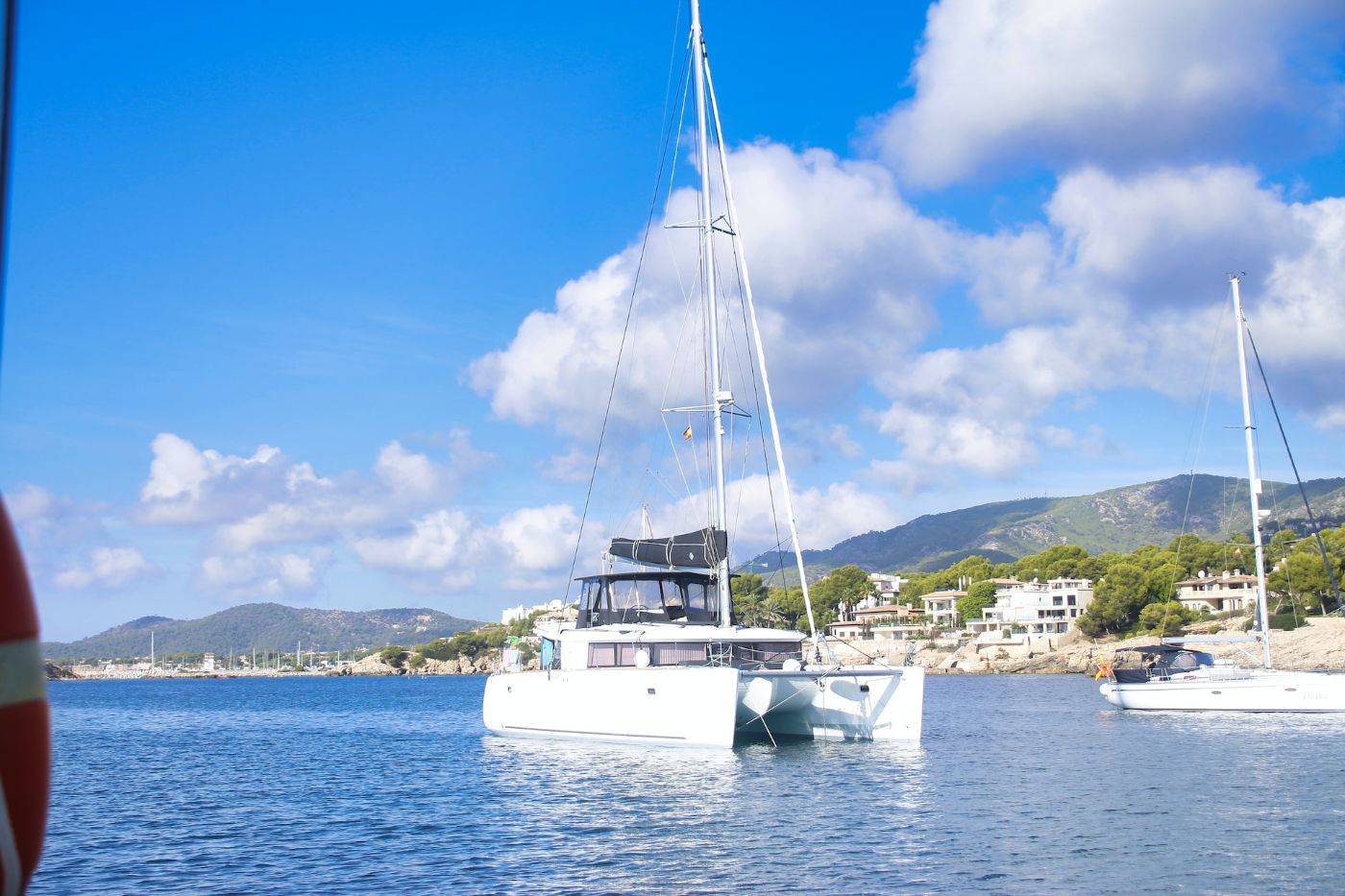
Older sailboats may require more maintenance, which can increase your costs. On the other hand, newer sailboats may be more expensive to purchase, but they may require less maintenance.
When choosing a sailboat, try to consider the type, size, and age carefully. You should also factor in the maintenance costs and adjust your prices accordingly.
Luxurious yachts like My Seanna have higher charter costs because of its state-of-the-art amenities and features, manned by a highly trained and professional crew. To know the exact cost of chartering My Seanna, you can read this article.
Crew and maintenance costs can also influence your earnings
Crew costs can include salaries, insurance, and training. Maintenance costs can include repairs, upgrades, and cleaning. To maximize your earnings, you should try to keep your crew and maintenance costs as low as possible.
This can be achieved by hiring a smaller crew, performing regular maintenance, and cleaning the sailboat between charters.
Did you find the answer to your specific question?
👍 0 👎 2

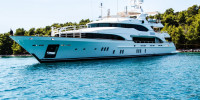
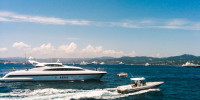

Leave a comment